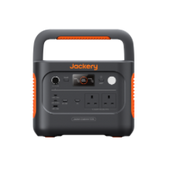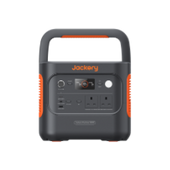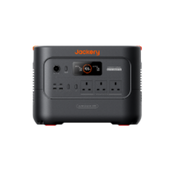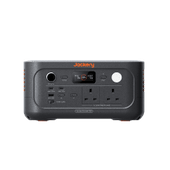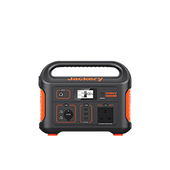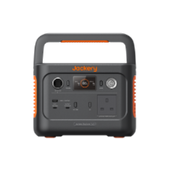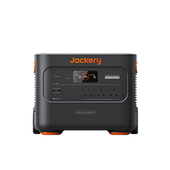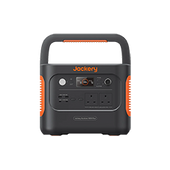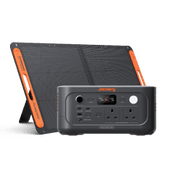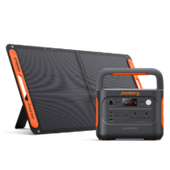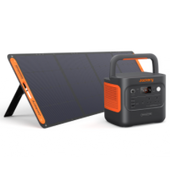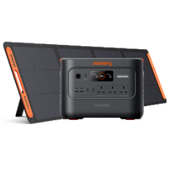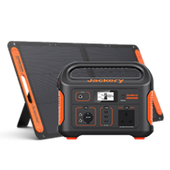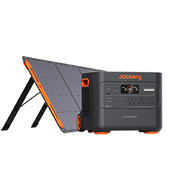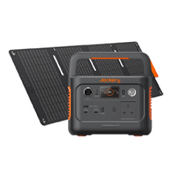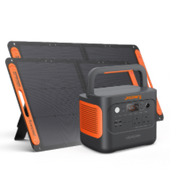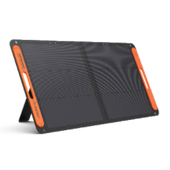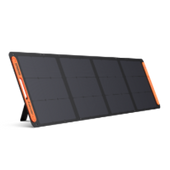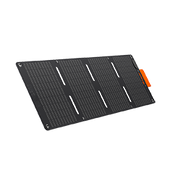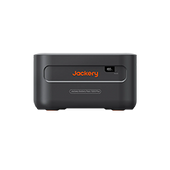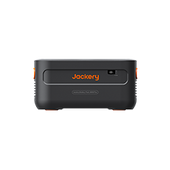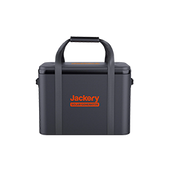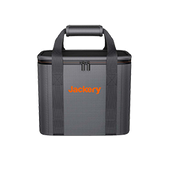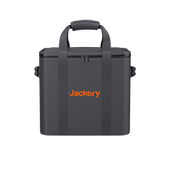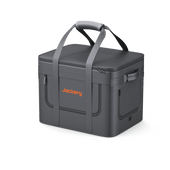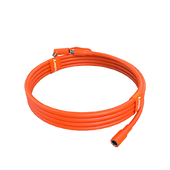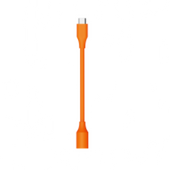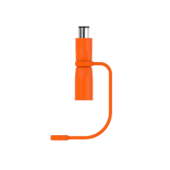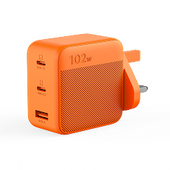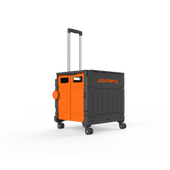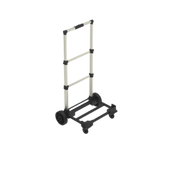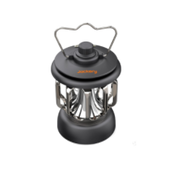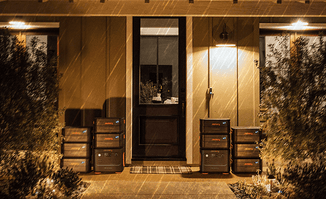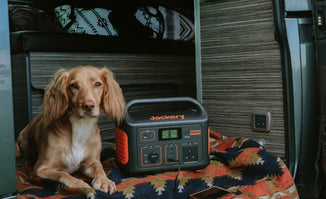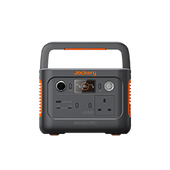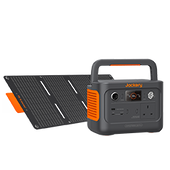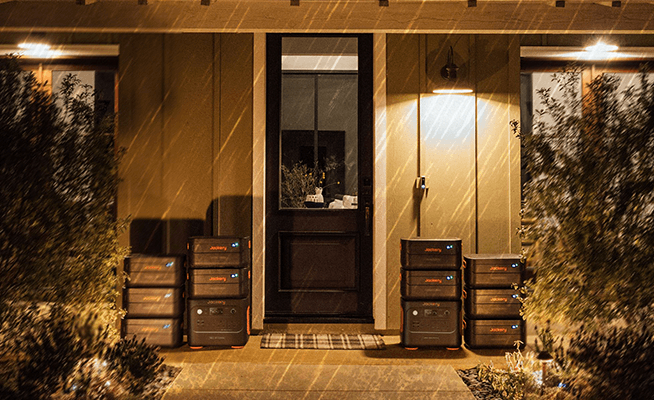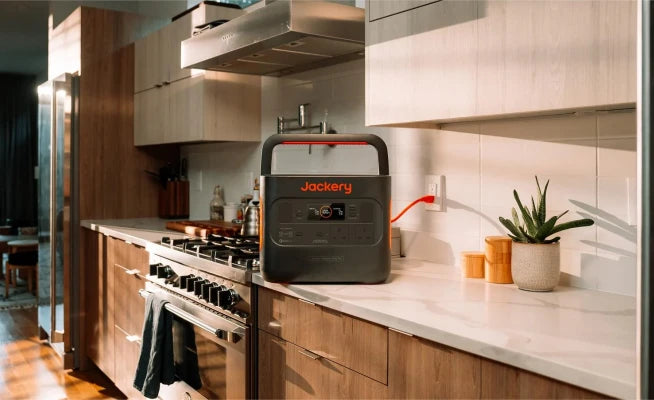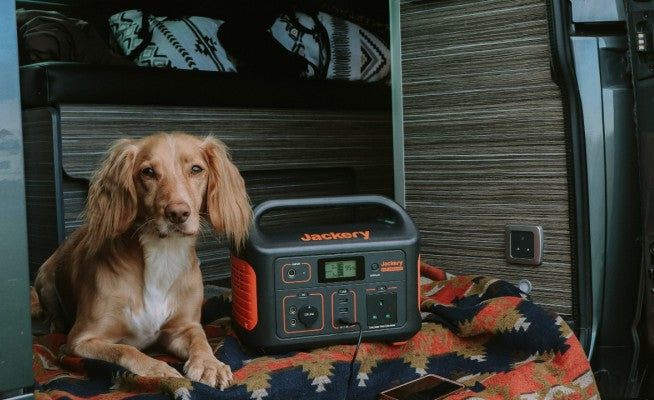The Ultimate Maintenance Guide for Portable Power Stations
Portable power stations, also known as portable renewable energy generators, are becoming increasingly popular in the UK as more people seek eco-friendly and cost-effective ways to power their homes, vehicles, and outdoor activities. These compact and versatile devices store energy from the sun in batteries, which can then be used to power various appliances and electronics. This article will explore the typical applications of portable solar power stations, their average lifespan, and the maintenance skills needed to ensure their longevity and efficiency.
Applications of Portable Solar Power Stations
Portable solar power stations have a wide range of applications, making them ideal for both personal and professional use. Some of the most common applications include:

- Outdoor Activities: Portable power stations are perfect for camping, hiking, and other outdoor activities where traditional power sources are unavailable. They can charge or power tents, RVs, phones, laptops, camping gear, and other electronics.
- Emergency Power: In case of power outages or natural disasters, portable solar power stations can provide backup power to keep essential appliances running, such as refrigerators, lights, and medical equipment.
- Mobile Offices: For people who work remotely or travel frequently, portable solar power stations can power laptops, printers, and other office equipment without traditional power sources.
- Sustainable Living: Portable solar power stations can help reduce carbon footprints by providing clean and renewable energy for homes, farms, and businesses.
Average Lifespan of Portable Solar Power Stations
The lifespan of a portable solar power station depends on several factors, including the quality of the components, the frequency of use, and maintenance practices. On average, portable solar power stations can last between 10 to 25 years with proper maintenance and care.
- Average Lifespan of Solar Panels
The solar panels used in portable solar power stations have a 25-30 years lifespan and can last up to 40-50 years with proper maintenance. Different types of solar panels have different lifespans. Monocrystalline panels last between 25-50 years, poly-crystalline panels for 25 years, and thin-film panels for 10-20 years. Factors affecting lifespan include panel quality, climate, and maintenance. Proper maintenance and quality materials can extend the lifespan and efficiency of solar panels.
- Average Lifespan of PPS Battery
The battery used in a portable solar power station determines its storage capacity and the amount of energy it can produce. The lifespan of a battery typically ranges from 3 to 15 years, with proper maintenance. Lithium-ion batteries are commonly used in portable solar power stations due to their high energy density, long cycle life, and low maintenance requirements.
Maintenance Skills for Portable Solar Power Stations
Proper maintenance is crucial to extend portable solar power stations’ lifespan, efficiency, and performance. Here are some maintenance skills to keep in mind:
- Regular Cleaning: Solar panels should be cleaned regularly to remove dirt, dust, and debris that can reduce their efficiency. Use a soft, non-abrasive cloth and soapy water to clean the panels, and avoid using harsh chemicals or abrasive materials.
- Battery Maintenance: The battery should be checked regularly for signs of corrosion, leaks, or damage. It is also essential to keep the battery charged and avoid overcharging or undercharging it, as this can reduce its lifespan.
- Inverter Maintenance:The inverter converts the DC power from the solar panels into AC power that can be used by appliances and electronics. It should be checked regularly for signs of damage or malfunction and replaced if necessary.
- Climate Control: Portable solar power stations should be stored in a cool, dry place to prevent extreme temperatures or humidity damage.
- Professional Maintenance:If unsure about portable solar power station maintenance practices, it is best to seek professional help. A qualified technician can inspect and repair any issues and advise on keeping the PPS system running smoothly.
The Charging Process of a Portable Power Station Through Solar Panels
Portable power stations can be charged through solar panels, providing a convenient and eco-friendly way to generate electricity. The charging process typically involves the following steps:
- Solar panel connection
Connect the solar panels to the portable power station using the provided cables. Ensure that the connection is secure and properly aligned.
- Sunlight absorption
The solar panels absorb sunlight and convert it into electricity through the photovoltaic effect. When exposed to sunlight, the photovoltaic cells within the panels generate direct current (DC) electricity.
- Charge controller regulation
The portable power station usually incorporates a charge controller that regulates the charging process. The charge controller ensures that the incoming solar energy is efficiently stored in the power station's battery and prevents overcharging or damage.
- Battery charging
The DC electricity generated by the solar panels is directed to the power station’s internal battery for storage. The battery stores the energy for later use, allowing it to power various devices and appliances when needed.
- Power management
The portable power station may have built-in power management features, such as USB ports, AC outlets, or DC outputs, to provide different power options for charging devices or running appliances.

What Will Damage a Solar Panel?
Solar panels are designed to withstand various environmental conditions, but several factors can damage or reduce their efficiency over time. Here are some common causes of solar panel damage:
- Physical damage: Impact from hailstorms, falling objects, or accidental collisions can cause cracks, fractures, or breakage in the solar panels, affecting their performance.
- Weather-related issues: Extreme weather conditions like high winds, heavy snowfall, or intense heat can compromise the structural integrity of solar panels, leading to degradation or breakage.
- Dirt and debris: Accumulation of dust, dirt, leaves, or bird droppings on the surface of solar panels can block sunlight, reducing their efficiency. Over time, this can result in decreased power output.
- Electrical issues: Faulty wiring, loose connections, or issues with electrical components can cause damage to the solar panels or result in power losses.
- Aging and degradation: Solar panels naturally degrade over time due to prolonged exposure to sunlight and other environmental factors. This degradation gradually reduces their efficiency and power output.
How to Clean and Protect the Solar Panels?
Regular cleaning and protection are essential to maintain the efficiency and longevity of solar panels. Here are some guidelines to follow:
- Cleaning: Remove loose debris from the surface of the panels using a soft brush or a gentle stream of water. In case of stubborn dirt or grime, use a non-abrasive sponge or cloth with a mild detergent mixed with water. Avoid harsh chemicals or abrasive materials that scratch or damage the panels. Rinse thoroughly and allow the panels to dry completely before reconnecting them.
- Preventive measures: Trim overhanging tree branches that may fall on the solar panels during storms or heavy winds. Keep the surrounding area free from debris, leaves, or bird nests that can obstruct sunlight.
- Regular inspections: Periodically inspect the panels for any signs of damage, cracks, or loose connections. If any issues are found, consult a professional for repairs.
- Protective coatings: Consider applying a protective coating specifically designed for solar panels. These coatings can help repel dirt and debris, reducing the frequency of cleaning and minimizing the risk of damage.
How to Maintain the Portable Solar Power Station?
Maintaining a portable solar power station involves several steps to ensure its optimal performance and longevity:
- Regular cleaning: Clean the solar panels of the portable power station following the guidelines mentioned earlier. Keeping the panels clean will maximize their efficiency and power generation.
- Battery maintenance: Follow the manufacturer’s instructions for battery maintenance, including recommended charging and discharging cycles. Avoid overcharging or fully discharging the battery to prolong its lifespan.
- Storage: When not in use, store the portable solar power station in a dry and safe location. Protect it from extreme temperatures, moisture, and direct sunlight. Follow the manufacturer's instructions for specific storage recommendations.
- System inspections: Periodically inspect the power station’s components, including cables, connectors, and controls, for any signs of damage, wear, or loose connections. Address any issues promptly to prevent further damage or malfunction.
- Manufacturer guidelines: Refer to the manufacturer’s guidelines and recommendations for specific maintenance procedures and intervals. They may provide additional information on maintaining and troubleshooting the portable power station.
By following these maintenance practices, customers can ensure that their portable solar power station remains in good working condition and provides reliable power when needed.
Jackery’s Innovative Solar Power Stations
Jackery offers two popular solar power stations: the Solar Generator 1000 Pro and the Solar Generator 2000 Pro. These power stations are known for their features, versatility, and ease of maintenance. Let us explore their key attributes:
- Solar Generator 1000 Pro
- Power Output: The Solar Generator 1000 Pro has a capacity of 1002Wh (watt-hours) and a 1000W pure sine wave AC inverter. This allows to power or charge various devices and appliances, such as laptops, smartphones, cameras, mini-fridges, CPAP machines, and more.
- Portable and Compact: The power station weighs around 22 lbs (10 kg) and has a convenient handle, making it easy to carry and transport. Its compact size allows for hassle-free storage and portability.
- Multiple Charging Options: The Solar Generator 1000 Pro can be charged using solar panels, wall outlets, or car chargers. It supports MPPT solar charge optimization technology, enabling faster solar charging for efficient power generation.
- Expandable Solar Input: This power station supports up to 200W of solar input, allowing the connection of compatible solar panels for charging. The solar panels can be daisy-chained for increased solar input.
- LCD Display and User-Friendly Interface: The power station features an LCD screen that provides real-time information about battery capacity, input/output status, and more. The user-friendly interface makes it easy to monitor and control the power station.
- Easy Maintenance: The Solar Generator 1000 Pro requires minimal maintenance. Regularly clean the solar panels for optimal efficiency and inspect the power station's components for any signs of damage.

- Solar Generator 2000 Pro
- Enhanced Power Output: The Solar Generator 2000 Pro offers a higher power capacity with 1875Wh and a 2000W pure sine wave AC inverter. It provides ample power to run larger appliances and devices, including power tools, electric grills, projectors, etc.
- Robust Charging Options: Similar to the Solar Generator 1000 Pro, the Solar Generator 2000 Pro supports solar, wall outlet, and car charging. It also utilizes MPPT solar charge optimization technology for efficient solar charging.
- Expandability and Compatibility: This power station is compatible with Jackery’s SolarSaga 100W and SolarSaga 200W solar panels, allowing the customer to expand the solar input up to 400W for faster charging. It provides flexibility and scalability for all domestic power needs.
- LCD Display and User-Friendly Interface: The Solar Generator 2000 Pro features a clear LCD screen for real-time monitoring of power usage, battery status, and other essential information. The intuitive interface makes it easy to navigate and control the power station.
- Easy Maintenance: Just like the Solar Generator 1000 Pro, the Solar Generator 2000 Pro requires minimal maintenance. Regularly clean the solar panels and conduct routine inspections to ensure optimal performance.

The Solar Generator 1000 Pro and the Solar Generator 2000 Pro can provide reliable power solutions for outdoor adventures, emergencies, and off-grid living. They are designed to be user-friendly, portable, and versatile, providing convenient access to clean and sustainable energy. In addition, with their easy maintenance requirements, the users can enjoy uninterrupted power while minimizing upkeep efforts.
Conclusion
Jackery stands out not only for its innovative and high-quality products but also for its exceptional after-sales service and customer support. Here are some distinctive selling points that make Jackery an excellent choice:
- Commitment to Customer Satisfaction: Jackery strongly emphasizes customer satisfaction and strives to provide an exceptional user experience.
- Responsive and Knowledgeable Support Team: Jackery’s customer support team is known for being responsive, friendly, and knowledgeable. We always welcome questions, no matter how trivial the customer’s questions are. Whether you have questions about our products, need technical assistance, or require guidance, our team is ready to assist customers promptly and effectively.
- Extensive Warranty Coverage: Jackery offers a generous warranty on its products. The warranty period varies depending on the specific product, but it typically ranges from 12 to 36 This coverage provides peace of mind, knowing the customers are protected against manufacturing defects or issues.
- Hassle-Free Returns and Exchanges: In the rare event that a customer may encounter a problem with Jackery products, the company has a streamlined returns and exchange process. Weaim to make the experience as hassle-free as possible, promptly addressing all issues.
- Community Engagement and Resources: Jackery actively engages with its user community, fostering a sense of belonging and support. We provide online resources, including user manuals, FAQs, and product guides, to help users maximize their Jackery experience.
- Continuous Product Development and Improvement: Jackery is committed to continuous innovation and improvement. Welisten to customer feedback, implement necessary enhancements, and introduce new features and technologies to meet evolving user needs.
These distinctive selling points highlight Jackery’s dedication to providing quality products and exceptional customer service. Choosing Jackery solar power generators means investing in a company that values its customers and goes above and beyond to ensure their satisfaction. So whether you are an outdoor enthusiast, camper, or someone seeking reliable portable power solutions, Jackery’s commitment to excellence makes it a brand worth exploring further.



